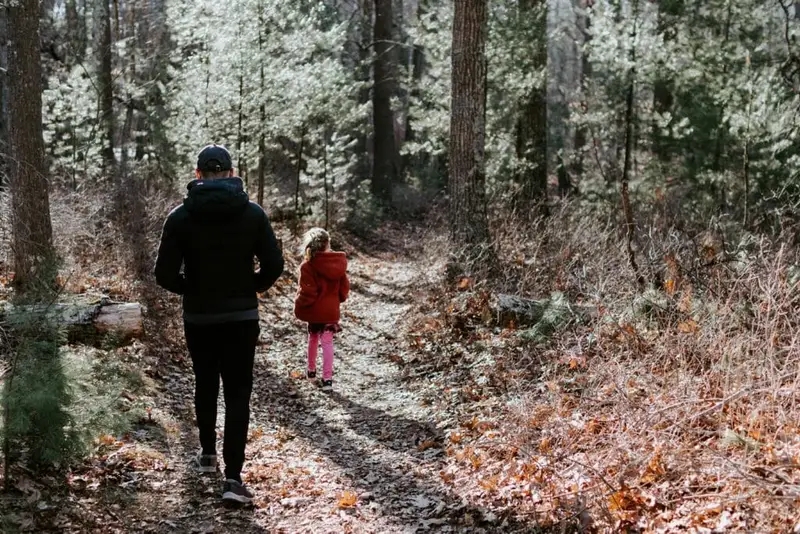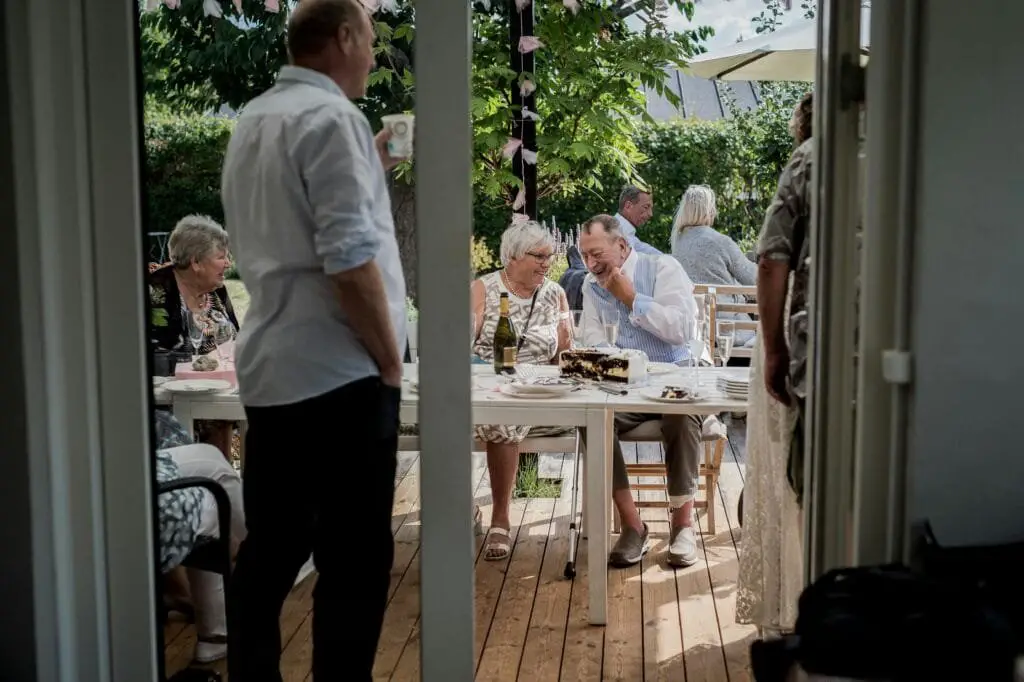1. The Beatles’ 1964 U.S. Tour
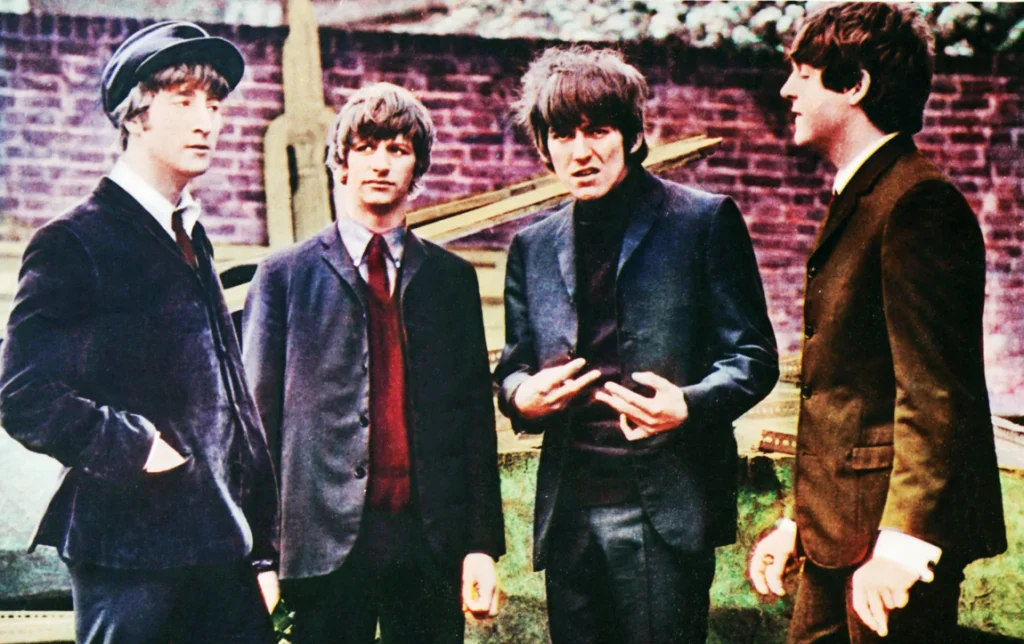
When The Beatles arrived in America in 1964, it was unlike anything music fans had ever seen. Screaming crowds followed them from city to city, and every stop seemed to set off a cultural earthquake. From Shea Stadium to the Ed Sullivan Show appearances, this tour made the group global superstars and sparked Beatlemania worldwide. It was more than just a tour—it became a turning point in how live music was experienced.
The tour also changed the economics of concerts forever. With massive attendance numbers, promoters realized just how much money could be made from rock tours. Fans who saw them often say they couldn’t hear a thing over the shrieking, but they didn’t care—it was about being there. This tour marked the beginning of modern arena concerts as we know them today.
2. The Rolling Stones’ 1965 North American Tour
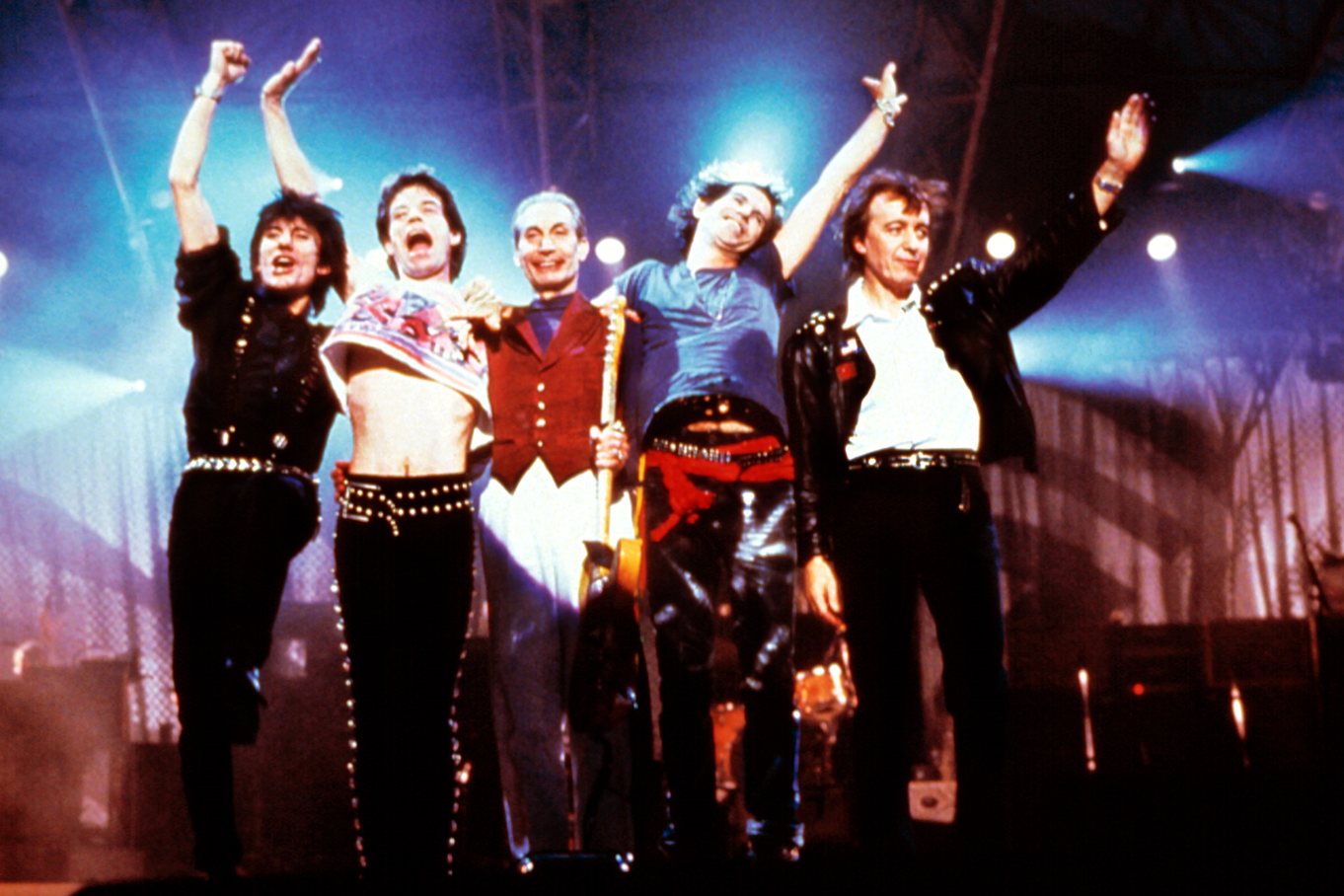
The Stones’ 1965 U.S. tour helped cement them as the “bad boys” of rock. Following The Beatles’ example, they drew huge crowds, but their shows carried a rawer energy that terrified some parents. The band leaned into their rebellious image, performing with an edge that thrilled teens across the country.
This tour gave American audiences their first taste of songs like “Satisfaction” in a live setting. While The Beatles felt polished and poppy, the Stones brought grit and swagger. It was during this tour that the rivalry between the two bands really began to take hold. For many fans, these shows felt like witnessing the birth of rock’s dangerous side.
3. The Beach Boys’ Endless Summer Tours
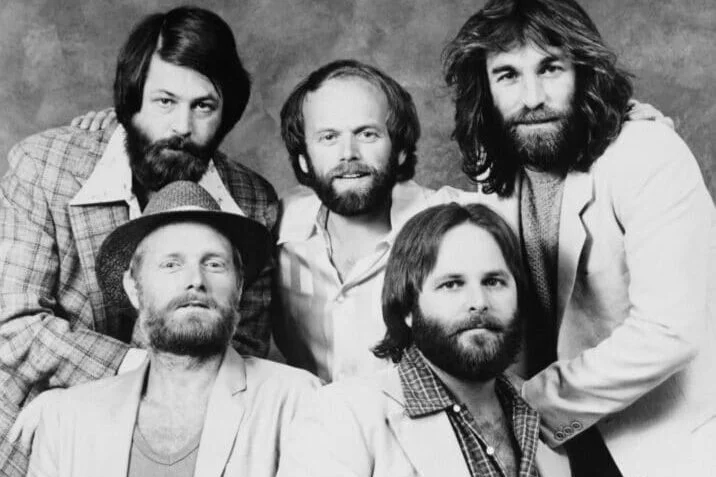
By the mid-’60s, The Beach Boys were the soundtrack of California cool. Their tours across America gave fans who had never seen the ocean a taste of surf, sand, and sunshine. With their striped shirts and perfect harmonies, the group carried West Coast culture to the Midwest and beyond.
The band’s live shows were more than just concerts—they were cultural exports. Young people who had never surfed suddenly wanted to hit the waves, and surfboards started popping up even in landlocked states. The Beach Boys’ tours spread not only their music but also a whole lifestyle that influenced fashion, slang, and even teen attitudes.
4. Bob Dylan’s 1966 Electric Tour
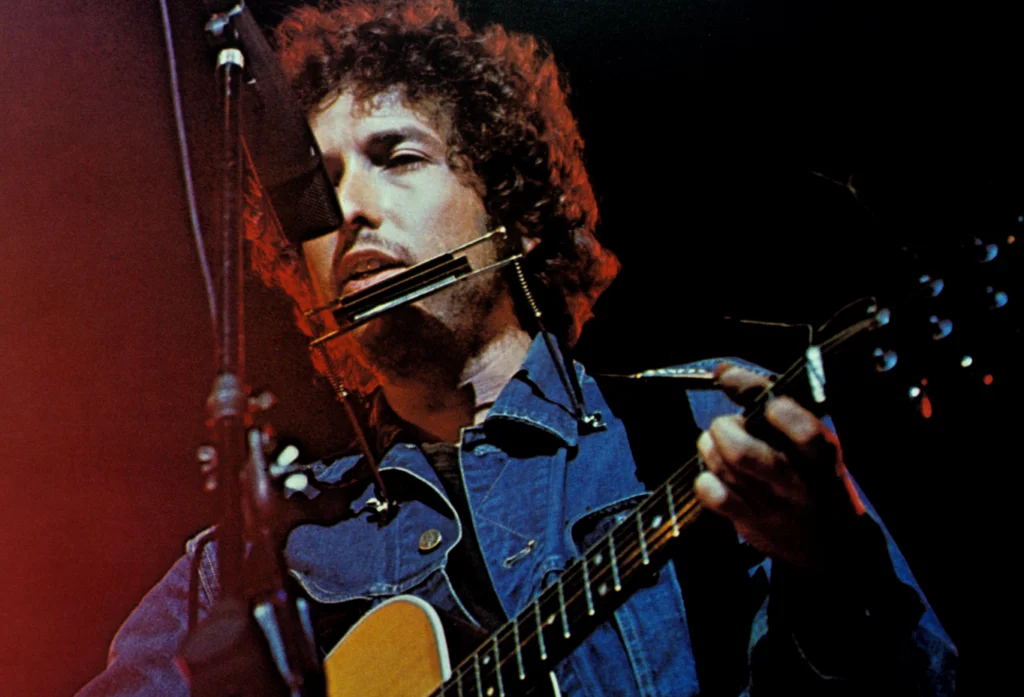
Perhaps no tour in the ’60s was more controversial than Dylan going electric. When he plugged in his guitar in 1966, folk purists booed while rock fans cheered. The backlash was loud, but Dylan stuck with it, redefining what folk and rock could mean.
This tour wasn’t just about music—it was about cultural identity. The shift represented a break from tradition and the birth of a new era. Songs like “Like a Rolling Stone” sounded almost confrontational live, challenging audiences to keep up. Looking back, it’s hard to imagine modern rock without Dylan’s bold stand on this tour.
5. The Supremes’ Motown Revue Tours
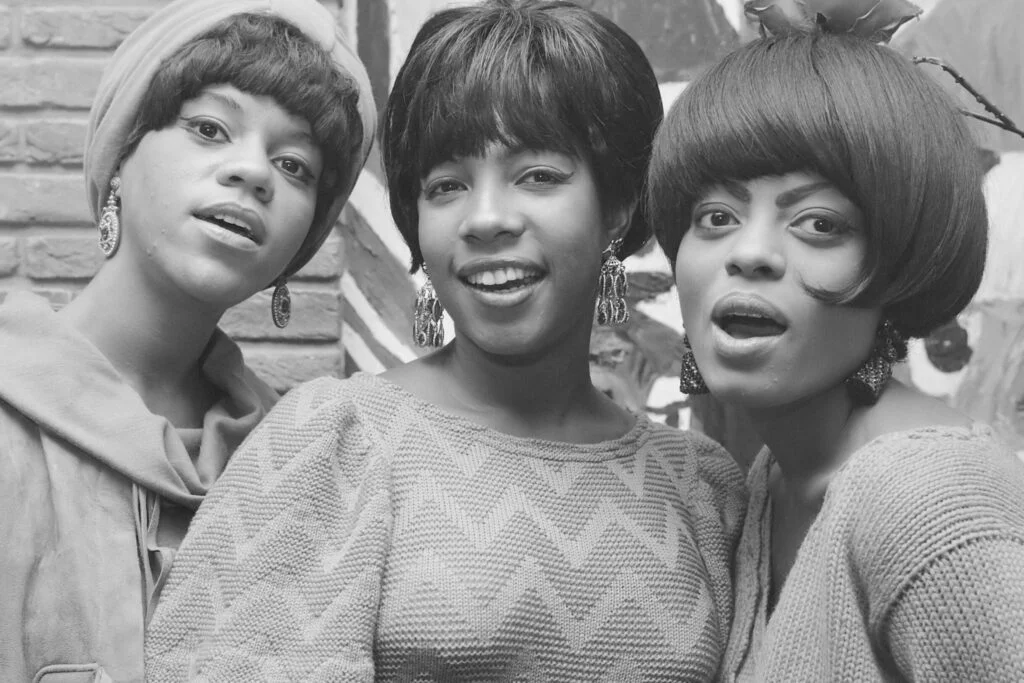
The Supremes, with Diana Ross at the helm, carried Motown across the country in the mid-’60s. Their polished performances, sequined gowns, and tight choreography helped prove that Black artists could headline major venues nationwide. Every stop showed the growing power of Motown’s sound.
Fans remember these tours as a mix of elegance and energy. The Supremes weren’t just singing pop hits—they were making history. Their success opened doors for other Motown acts to tour widely, bringing soul music into the mainstream. The tours showed America that Motown wasn’t just a label, it was a movement.
6. The Byrds’ 1965–66 Tours
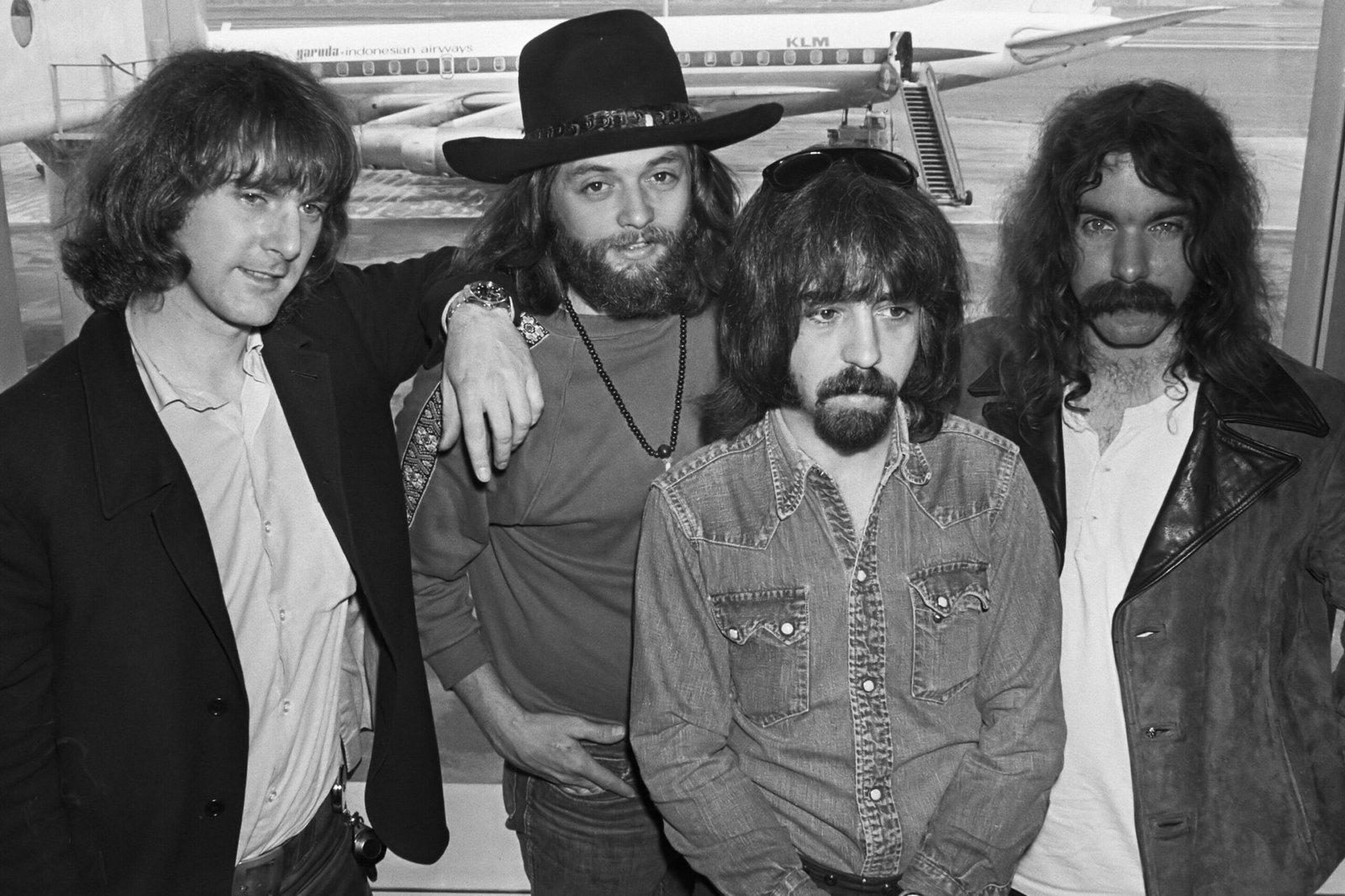
The Byrds took folk-rock to the road in the mid-’60s. With their jangly guitars and harmonies, they brought songs like “Mr. Tambourine Man” to audiences who were just discovering that folk and rock could be blended. Their live shows felt like the perfect bridge between Bob Dylan and The Beatles.
Fans who saw them live often remember the dreamy, layered sound that was so different from other groups at the time. Their tours spread folk-rock across college campuses and coffeehouses. Without these tours, it’s hard to imagine the rise of later acts like Crosby, Stills, Nash & Young.
7. The Monkees’ 1967 Tour
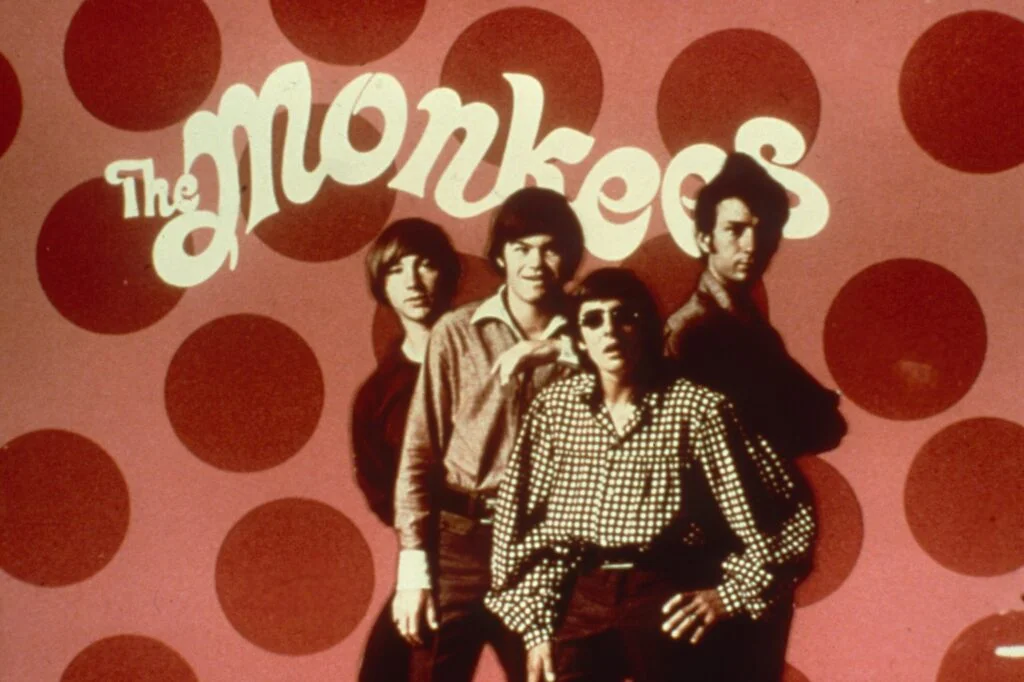
Critics dismissed The Monkees as a “made-for-TV” band, but their 1967 tour proved they could draw huge crowds. Teenagers lined up for tickets, and every show was filled with deafening screams that rivaled Beatlemania.
The tour also became famous for its bizarre pairing with Jimi Hendrix as the opening act. The audiences weren’t ready for Hendrix’s wild guitar work, but history looks back on that combination as legendary. This tour solidified The Monkees as more than just television stars—they were true pop idols.
8. Janis Joplin and Big Brother and the Holding Company Tour
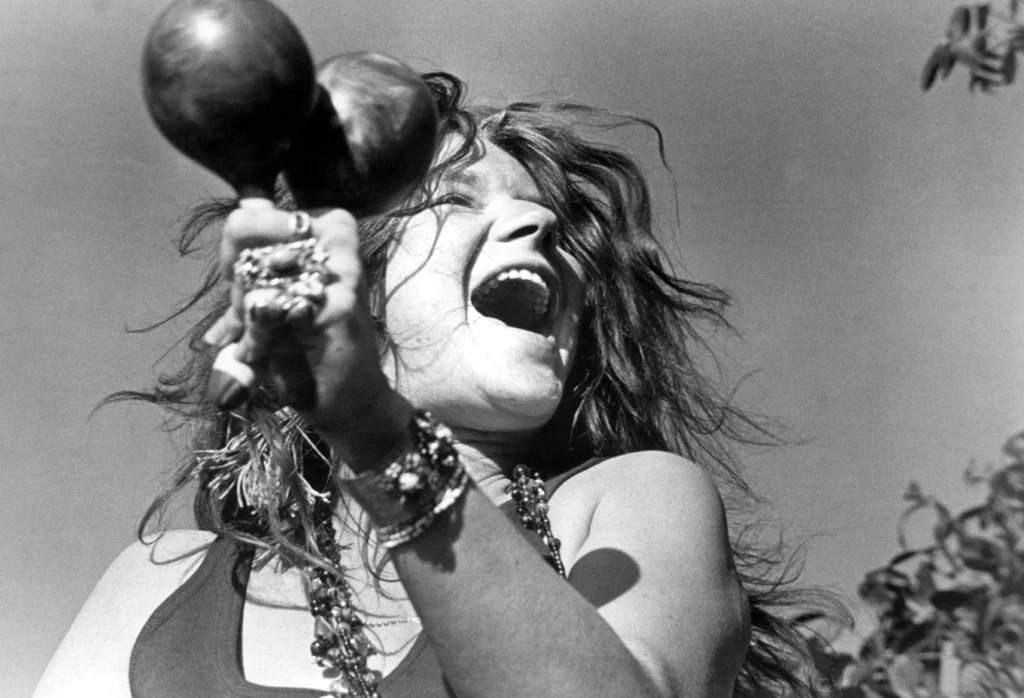
Janis Joplin’s raw power on stage was unmatched, and her tours with Big Brother in the late ’60s left audiences stunned. Her wailing voice and unpolished style made her stand out in an era full of polished acts.
Her shows didn’t just entertain—they felt like emotional exorcisms. Fans often describe them as life-changing experiences. These tours helped define the psychedelic rock scene and proved that female rock stars could dominate the stage with just as much fire as their male counterparts.
9. The Who’s 1967–68 Tours
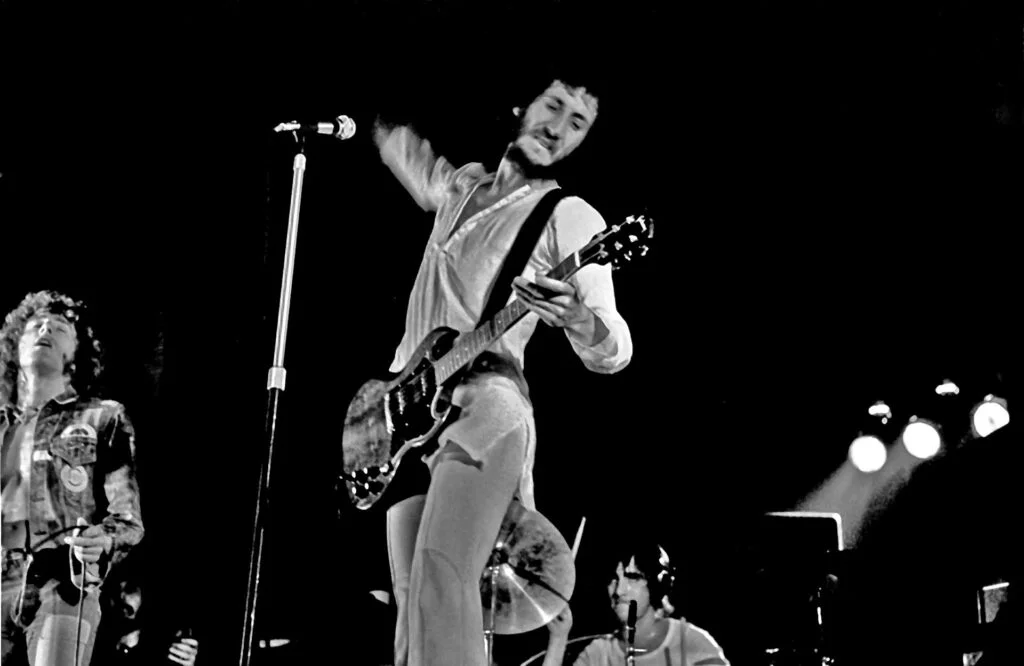
Long before Tommy or their massive ’70s concerts, The Who were destroying instruments onstage across Europe and America. Their tours in the late ’60s shocked audiences with their sheer volume and chaotic energy. Pete Townshend’s windmill guitar playing and Keith Moon’s wild drumming made every show unforgettable.
The band wasn’t yet a household name, but these tours built their reputation. The Who’s live shows were unpredictable, sometimes even dangerous, but they always left fans buzzing. These tours helped create the template for what a truly explosive rock show should look like.
10. Jimi Hendrix Experience 1967–68 Tours
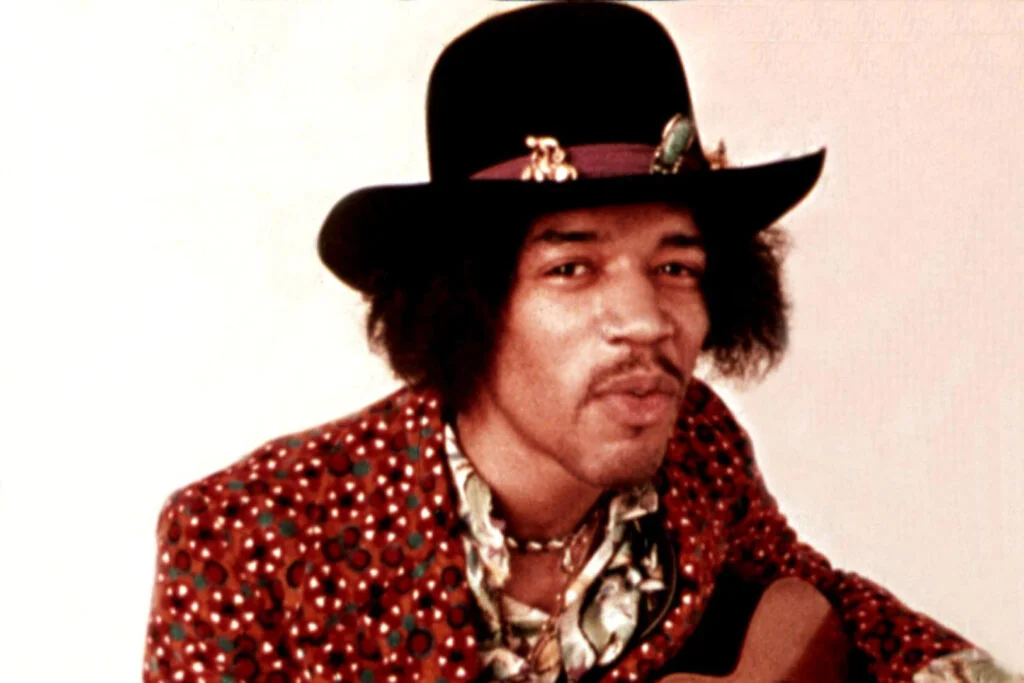
Hendrix didn’t just play guitar—he reinvented it. His early tours with the Experience introduced American audiences to his fiery style, where guitars could scream, cry, and even burn.
Every performance felt like a revelation. Fans left shows knowing they’d seen something entirely new in music history. Hendrix’s tours also broke racial barriers in rock, showing that a Black guitarist could lead the most innovative rock group of the era.
11. Cream’s 1968 Farewell Tour

Before supergroups were common, there was Cream. Eric Clapton, Jack Bruce, and Ginger Baker toured together with a sound that blended blues, rock, and psychedelia. By 1968, tensions in the band were high, but their farewell tour was legendary.
Fans who caught them live witnessed extended jams that could stretch past 15 minutes. The tour showed how live music could move beyond three-minute pop songs into something almost orchestral. For many, these shows marked the beginning of what would later be called “classic rock.”
12. The Doors’ 1968–69 Tours
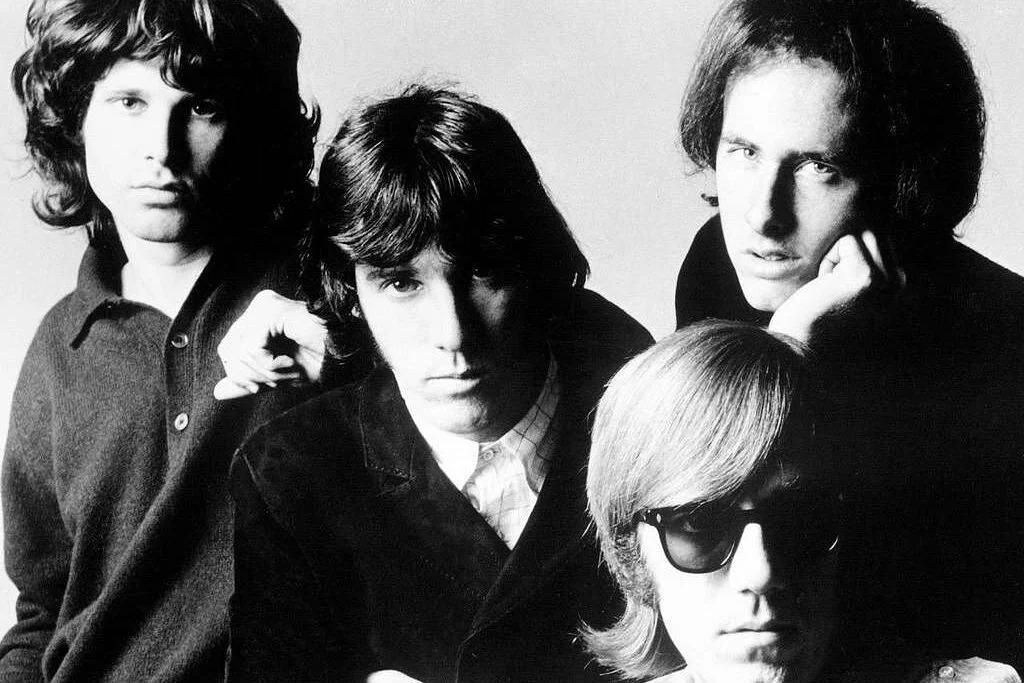
Jim Morrison turned concerts into unpredictable events. The Doors’ late ’60s tours became infamous for Morrison’s behavior, from poetic rants to onstage confrontations. Fans never knew if they’d get a smooth performance or total chaos.
Still, the music was mesmerizing. Songs like “Light My Fire” carried an energy that recorded versions couldn’t capture. These tours cemented The Doors as one of the most mysterious and captivating live acts of the decade.
13. Jefferson Airplane’s 1967 Summer of Love Tour
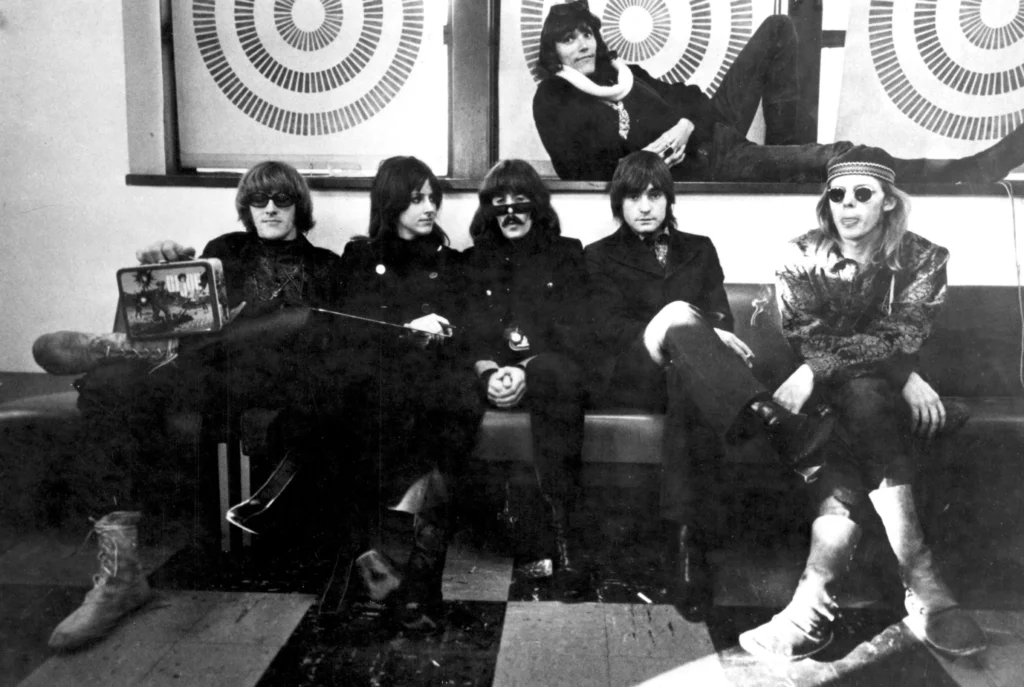
As the soundtrack to San Francisco’s psychedelic scene, Jefferson Airplane took their sound on the road in 1967. Their tours during the Summer of Love spread counterculture music to a national audience.
Grace Slick’s vocals and the band’s trippy harmonies made their shows unforgettable. Fans remember light shows, swirling colors, and a sense that something bigger was happening beyond the music. Their tours captured the spirit of the entire hippie movement.
14. Otis Redding’s European Tour 1966
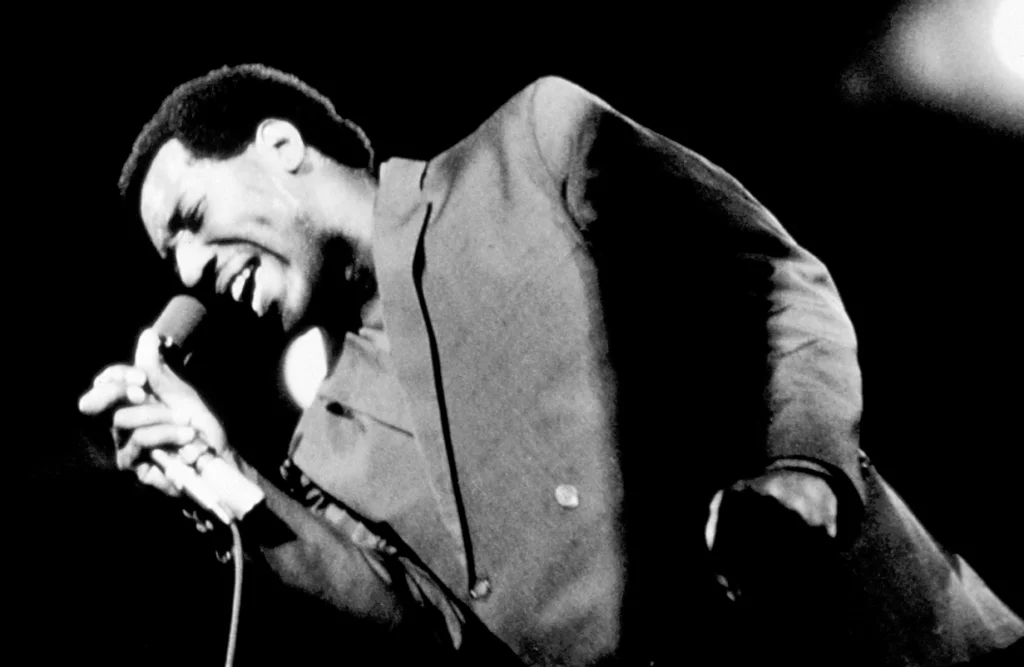
Otis Redding brought soul to Europe in a way no one had before. His 1966 tour introduced audiences overseas to his powerhouse voice and emotional delivery.
European fans were floored, and many British musicians later cited Redding’s shows as life-changing. His influence on artists like The Rolling Stones and The Beatles only grew after this tour. It was a moment when American soul became truly global.
15. Simon & Garfunkel’s 1968 Tours
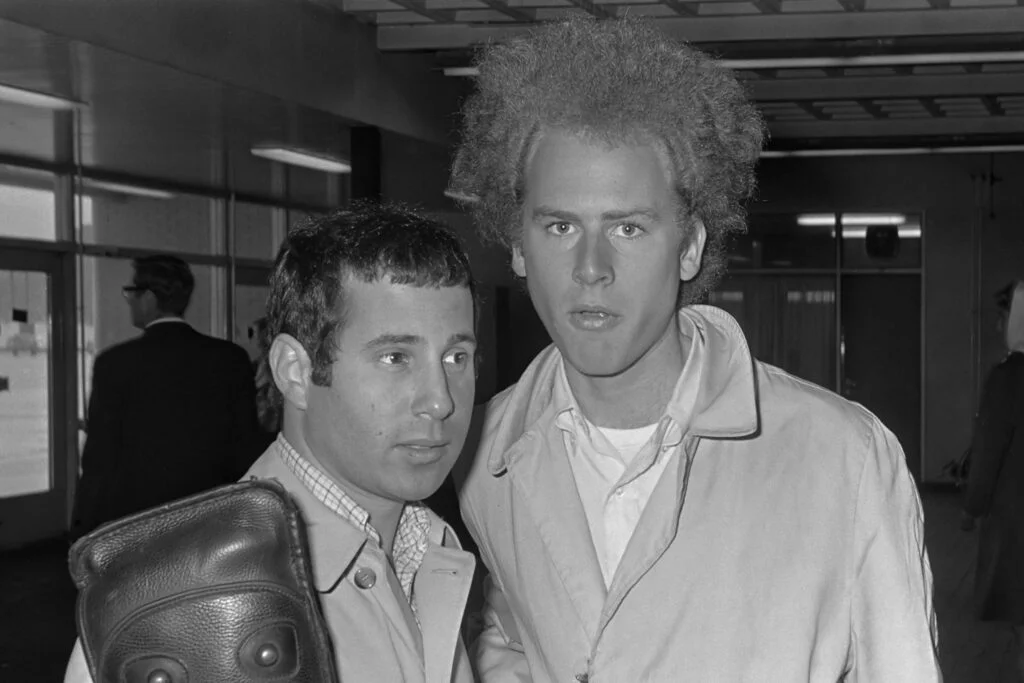
Simon & Garfunkel weren’t known for wild concerts, but their 1968 tours were quietly revolutionary. Their delicate harmonies filled large halls, proving that folk-inspired music could hold its own in big venues.
Fans recall their shows as intimate even when surrounded by thousands. Songs like “The Sound of Silence” and “Mrs. Robinson” gave audiences a reflective counterpoint to the chaos of the decade. These tours helped define a softer side of ’60s music history.
16. Johnny Cash’s Prison Concert Tours
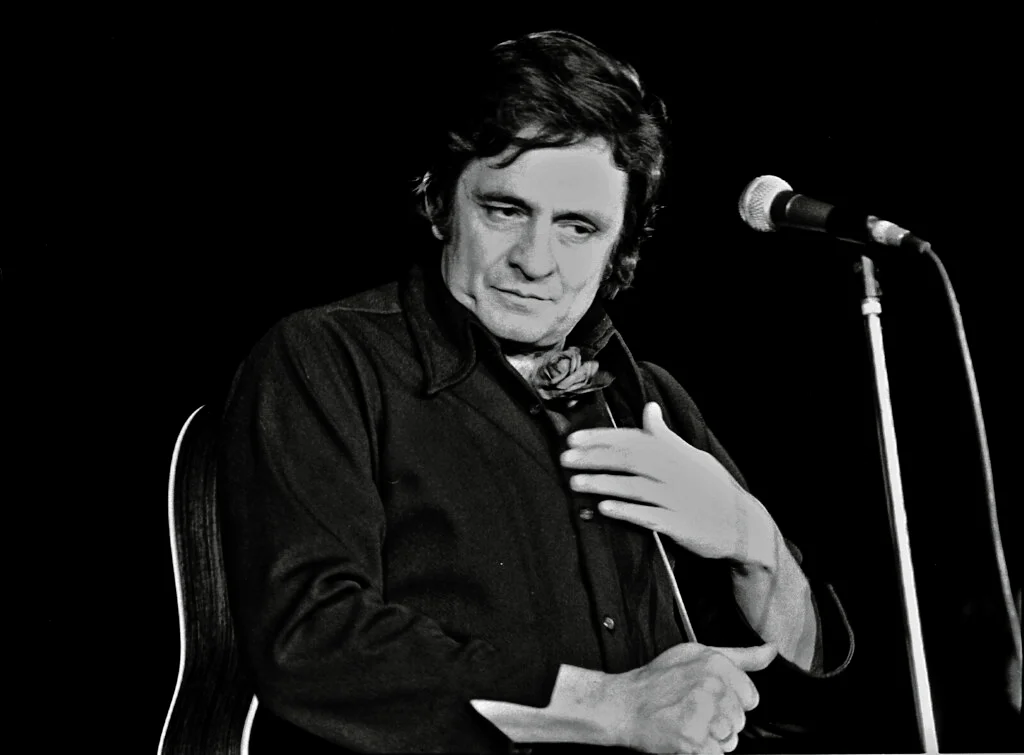
Few tours were as daring as Johnny Cash’s prison shows. When he performed at Folsom Prison in 1968, it wasn’t just a concert—it was a statement. Cash connected with inmates in a way no other star had attempted.
The success of these performances changed the course of his career. The live albums from these tours became iconic, reminding the world that country music could be raw and rebellious. Cash’s prison tours remain some of the most unique and important moments in music history.
17. The Grateful Dead’s 1969 Tours
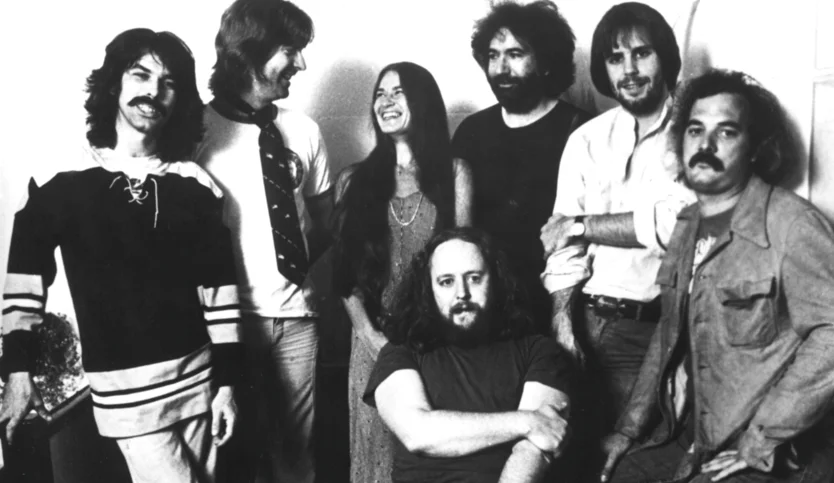
Before they became the ultimate touring band of the ’70s, The Grateful Dead cut their teeth on tours in the late ’60s. Their shows were unpredictable marathons, blending rock, blues, and long improvisations.
For fans, seeing the Dead wasn’t just about the music—it was a communal experience. The band’s early tours laid the groundwork for their cult following, which only grew in the decades to come. These concerts helped invent the concept of the “jam band” as we know it today.
18. The Velvet Underground’s Exploding Plastic Inevitable Tour
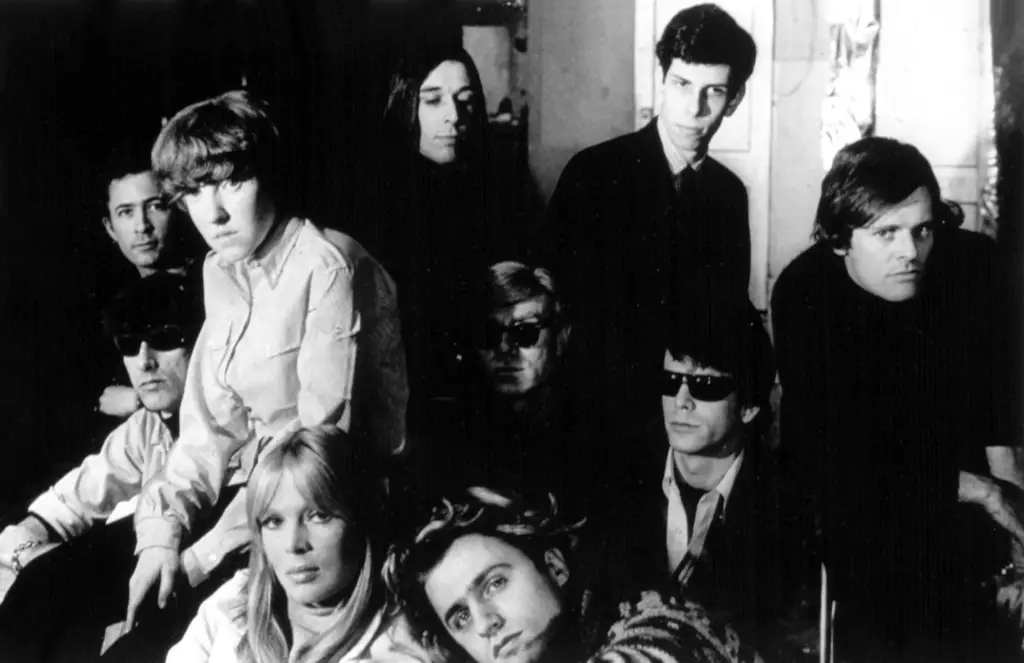
The Velvet Underground may not have been mainstream, but their tours with Andy Warhol’s Exploding Plastic Inevitable were groundbreaking. These shows combined music, film, art, and light projections into something audiences had never seen before.
Though they didn’t draw massive crowds, their influence was enormous. Bands from punk to alternative later cited the Velvet Underground as an inspiration. This tour showed that concerts could be more than music—they could be full-blown multimedia experiences.

